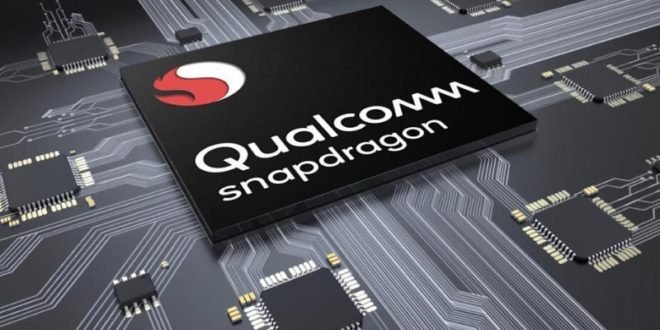Presently, the Snapdragon 8 Gen 2 stands out as a top-tier processor for Android phones available in the market. However, there have already been leaks about the Snapdragon 8 Gen 3, giving us a glimpse into its upcoming release. Now, fresh details regarding the Snapdragon 8 Gen 4 have surfaced, courtesy of frequent tipster Digital Chat Station.
According to Digital Chat Station, the Snapdragon 8 Gen 4 (presumably identified by the model number SM87505) will incorporate Qualcomm’s custom Nuvia CPU technology. This would mark a significant milestone, as it would be the first Snapdragon smartphone processor to adopt a Nuvia CPU.
The leaker goes on to reveal that the Snapdragon 8 Gen 4 is expected to be announced in late 2024, with availability in 2025’s smartphones. Notably, the processor is anticipated to feature a 2+6 CPU core configuration. This hints at a departure from the traditional big/medium/little CPU setup that we’ve become accustomed to. Qualcomm’s custom CPU technology, known as Oryon, was briefly discussed at the Snapdragon Summit in 2022. The company had expressed its intention to introduce this technology first in PCs, which suggests we might witness it in action even before the Snapdragon 8 Gen 4 hits the market.
The proposed 2+6 CPU core layout is particularly intriguing, as it implies that Qualcomm has been developing both powerful and efficient custom cores. This concept isn’t entirely new, as tipster Kuba Wojciechowski previously suggested that a desktop Snapdragon chip planned for 2024 could feature an octa-core custom CPU with eight high-performance cores and four energy-efficient cores.
While the Snapdragon 8 Gen 3 is anticipated to retain the conventional big/medium/little CPU configuration, it appears that Qualcomm might eventually move away from the three-tier approach it has employed since the Snapdragon 865 series in 2020. This potential shift would align the U.S. chipmaker more closely with Apple, which has successfully employed a two-tier CPU setup (comprising two high-performance cores and four energy-efficient cores) in its iPhone processors.
These developments in Snapdragon processors hold great promise for the future, as they push the boundaries of performance and efficiency, ultimately enhancing the user experience on Android devices.
